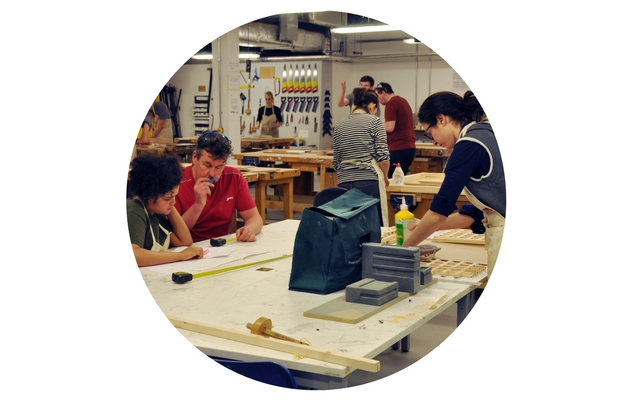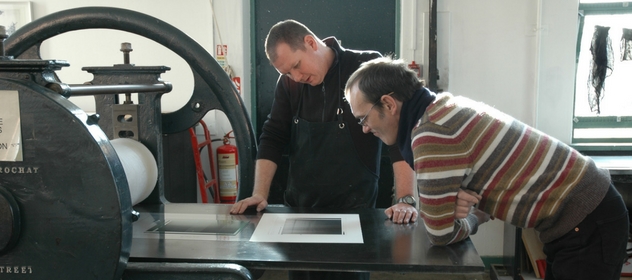
Professional registration can be career-changing for technicians - and with the new arts register from the Institute of Science, Technology and the Arts (IST) recently launched, arts technicians can take this important step. But what do you need to know before you make the leap?
You may have read that HEaTED is working with the IST to champion a new professional register. This will provide arts and media technicians with the same opportunity for professional recognition that currently afforded to science and engineering technicians through their pre-existing registers. But why is this exciting and what does it mean for arts and media technicians?
Beyond HEA fellowship, which recognises the contribution that arts and media technicians make to teaching and learning, there are no other professional recognition routes for technical staff working in these discipline areas. Fellowship recognises one element of a professional technician’s broad role, but subject area expertise and technical competence is not captured and celebrated.
Why is this important?
If your employer doesn’t know what you do, if your skill set isn’t captured and celebrated, then you are invisible. The value of your role and the contribution you make to your institution is not recognised. The next round of funding cuts comes around and it could be your job that is seen as expendable.
How does professional registration address this?
Maintaining professional registration requires an ongoing commitment to continuing professional development (CPD), from both the individual and their employer institution. This commitment means skill levels of individual technicians increase. Times this by the number of technicians in your institution and the whole technical workforce is professionalised, becomes more agile and ready to respond to changes and challenges, the impact is felt institution wide and reflected in the National Student Survey, Teaching Excellence Framework and Research Excellence Framework results. A professionally registered technician also becomes infinitely more employable and recognised as a valuable commodity to their employer. Now who doesn’t want that?
So how is the new arts and media professional register going to be created and how can you get involved?
It takes a significant amount of time and effort to develop a new professional register, the IST has committed to doing this and has formed a new Arts and Media Group to inform the development. HEaTED is part of this new group, as is our National Network of Arts Technicians (NNATs) Coordinator, Dan Jagger from Anglia Ruskin University, John Ayers from the Glasgow School of Art, Terry Croft (Chair) and Joan Ward from the IST. The group is also actively seeking more representatives from all sectors of the arts and media technical community to join and guide the creation of the new register.
Technical staff from arts and media disciplines are asked to show their commitment.Your first step is to become a registered practitioner with the IST. We need at least 100 arts and media technicians to apply and become a registered practitioner to provide the critical mass needed to create the new arts and media professional register. Only you can make this happen. Once the new register is created, all registered practitioners will be ported over to the appropriate level of the newly created arts and media professional registration.
How will this be celebrated?
At the IST national conference and HEaTED’s NNATS events, new awardees will be announced and presented with their certificates. You will also gain post-nominal letters to place after you name on all your professional communications and profiles.
Useful things to know
- Registered practitioner applications are peer reviewed by those in the arts and media sector.
- Registered practitioners are cross sector, that’s HE, FE and industry, including museums, galleries and studios.
- The cost. It costs £45 to join the IST plus £25 for the registered practitioner application, this is an annual subscription. Many employers will fund this for at least the first year as they are funding science and engineering technicians through their equivalent professional registrations.
- You can use participation in HEaTED events, CPD and the NNATs online group as evidence on your registered practitioner application, gaining recognition for the professional development activity you are already taking part in.
John Ayers, Head of Technical Support from Glasgow School of Art, said:
"As the value of Higher Education comes under increasing scrutiny, it’s important to recognise the importance of technical staff. Professional registration supports ongoing endeavours to increase the esteem and visibility of technicians in HE and other sectors. The focus on skills and CPD in the registration process demonstrates that our technicians are passing on relevant advanced techniques to our students underpinning the theoretical, aesthetic and other approaches delivered by our academic colleagues."
To join in the conversation and follow progress on this important initiative, join the NNATs online group or comment below.


